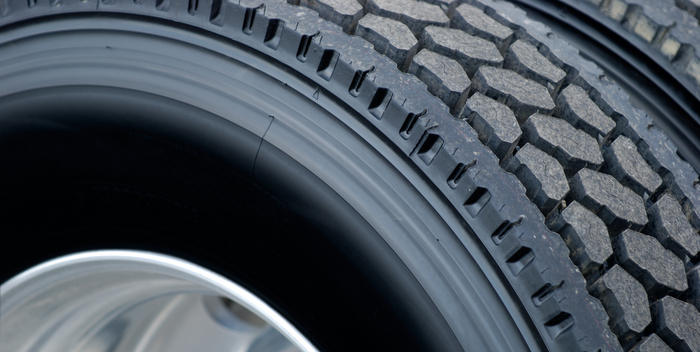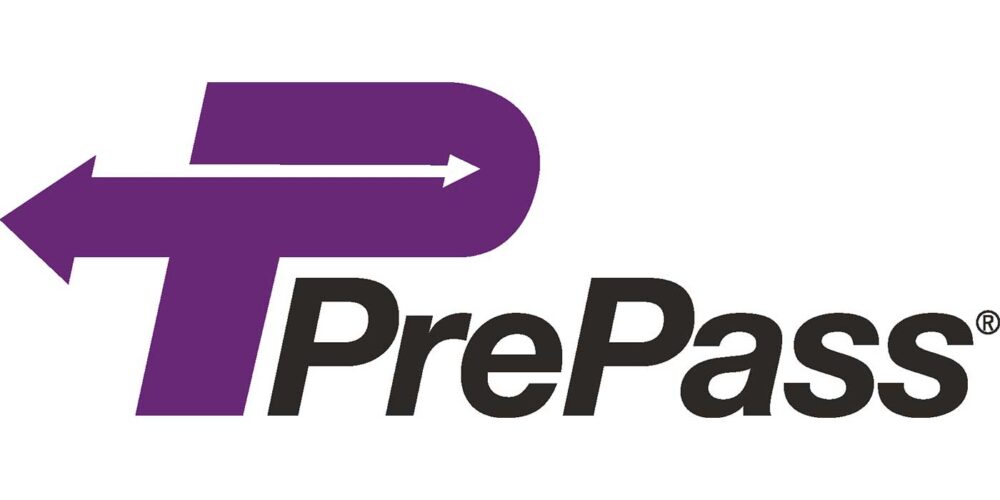With the beginning of another long winter season approaching, now is the best time to ensure that your tires are in optimal condition to brave the snow, ice and slushy driving situations. Even though the legal tread depth is 4/32-in. for steer tires and 2/32-in. for drives, trailer and dollies, running tires down to these tread depth levels is not recommended when it comes to maximizing vehicle traction. Those deep 28-, 30- and 32/32-in. drive tire lug designs will deliver the best traction when they are new compared, for example, to 75% worn.
A well-thought-through tire program would include replacing tires that reach your target tread depth removal pull points in September and October so that new rubber is up and running at the kickoff of winter.
Some fleets run rib design tires in all wheel positions while the weather is good. However, in the winter season, the drive rib tires are typically replaced with deep lug tread patterns.
So what are the recommended tread depth target pull points? When it comes to steer and drive tires, 6-8/32-in. of remaining tread is a good compromise. Protecting your casing investment is very critical. Over 85% of fleets retread today. A retread only costs 1/3-1/2 of a new tire, so protecting that casing from cuts, punctures and other damages is in the best financial interest of every fleet. The retread rate drops dramatically when tires are worn down to the legal tread depth limit or below.
Another good tip when maximizing tire traction in the winter weather is to ensure that the dual tire pressures are within 5 PSI of each other. Tire revolution per mile changes based on tire pressure. If the inside dual is running at 70 PSI while the outside dual is at the recommended pressure of 100 PSI, during each revolution, the larger diameter tire will drag the smaller diameter tire which will lead to irregular wear (early tire removal miles) and a reduction in traction.
Running overinflated tires is not the best idea in the snow and ice. Overinflated tires will have a smaller footprint, and though they will directionally improve the tire fuel economy, traction will be compromised. A good example of this phenomena is running your car across a sandy beach or in the dessert. To get the best traction, dropping tire pressure will spread the footprint out over a larger area, which will increase traction. If you ever get your personal vehicle stuck in the sand or mud, lowering the tire pressure would have a huge impact in making your way out back to solid ground.
Visually inspecting tires for evidence of cuts, snags and punctures is even more important when it comes to the winter season. Reducing tire related roadside service calls is always critical but even more so when the weather turns bad. The average downtime associated with an emergency roadside service call is about two and a half hours. Being stuck on the side of the road is also a safety concern. Not to mention that many customers require just-in-time delivery, and being late will affect your fleet’s bottom line with hefty fines.
Trailer tires represent the most neglected wheel position. Industry surveys reveal that trailer tires have the poorest tire pressures, especially the inside duals. Most of the tire-
related roadside service calls involve trailer tires. A good tire program should pay special attention to trailer tires during a PM near the start of the winter season. During the daily walk-around inspections, drivers need to perform a serious tire pressure inspection. Checking tire pressures with a baseball bat may reveal a completely flat tire, but using a calibrated tire pressure gauge is a much more accurate alternative.
Widebase trailer tires are becoming more popular and maintaining proper tire pressure in these tires are even more important that dual tires. One widebase tire has a tread width of about 17.5-in. compared to two duals which have about 22-in. of rubber. This means that the widebase tire is working harder during each revolution. Running these tires underinflated by 10% or more will lead to increased heat, irregular wear, drop in fuel economy, early tire removals, and a big drop in retreadability. Extra diligence is always required with widebase tires. At the start of winter, make sure there is plenty of tread depth and the pressures are at the recommended specification. It is a good idea to always work with your local tire professional in optimizing your tire program for the winter season.














